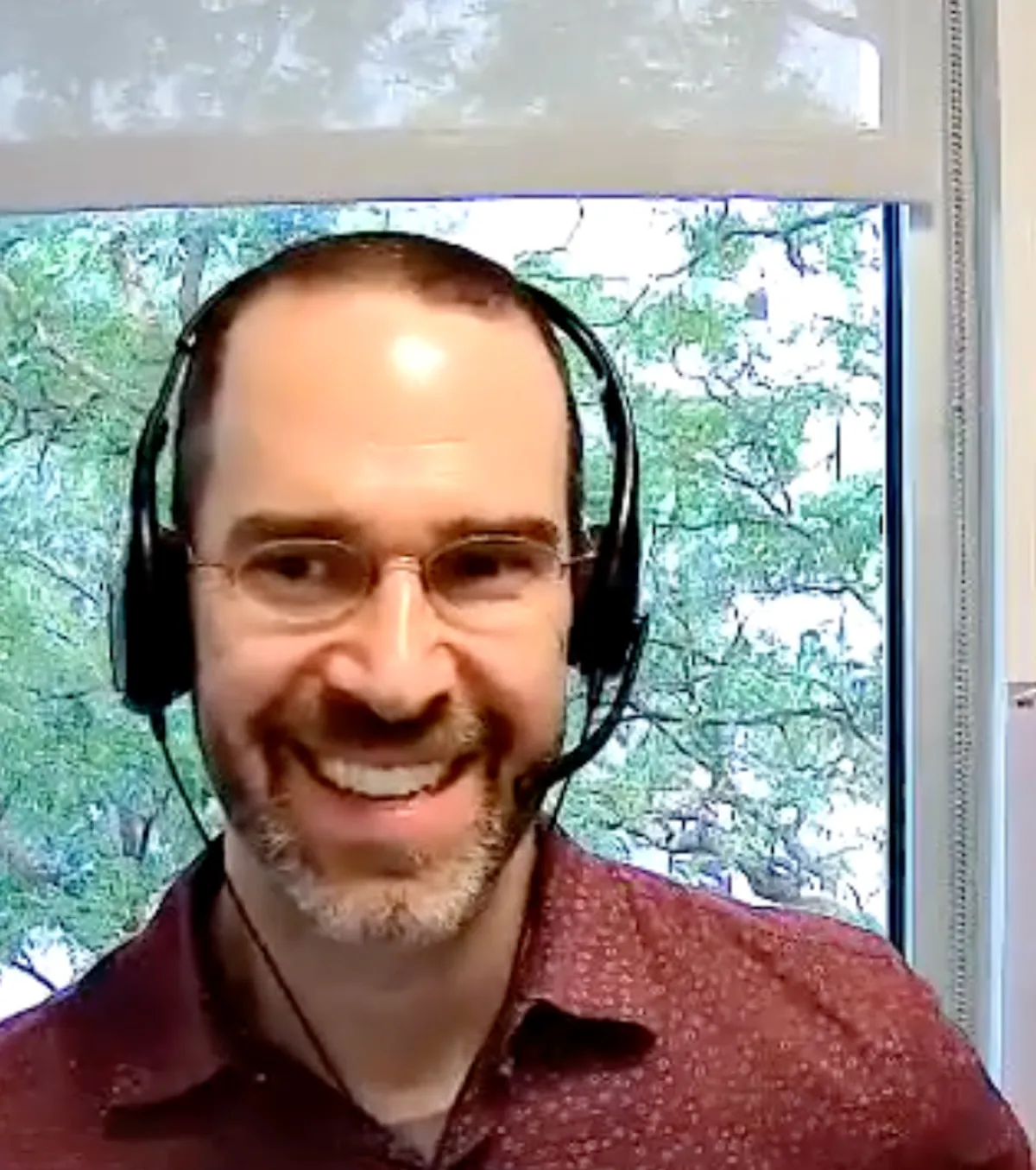Daniel Aldrich is an award winning author and Professor at Northeastern University. He has written extensively on the critical role of social ties within and outside a community to help with disaster survival, evacuation, rebuilding and mental health. He spoke with us recently. Here are edited excerpts from our conversation.
Perci: Two weeks ago you wrote a piece on lessons about resilience from Maui's fires. What are the lessons?
Daniel: The key lesson from Maui Fires is that deep relationships between neighbors and residents, the Social Capital of the community, was critical in the first response to the disasters. The physical infrastructure - be it the outdoor sirens to alert the community, the water supply to the fire hydrants, the power and the telecommunication including the alerts via landlines or text messages - failed. So not only was there no warning for residents using the speaker system, but many people reported they didn't even have warnings via their cell phones. They could not get warnings via TV since there was no power. The services that we have to come to rely in peacetime did NOT come through at the time of our most urgent need.
In contrast, the social systems in place, the connections between people, activated very quickly. Neighbors knocking on doors, people honking their horns, driving around the community, getting people out. And then literally within hours of the disaster, nearby communities started bringing food, water, medical supplies, tents by boats almost like a bucket brigade. So even though the the community itself was immediately locked down, and no one could drive in or out, these boat patrols similar to Cajun Navy that we saw during Hurricane Harvey in Texas, were there on the on the scene immediately helping out.
I think the other aspect of the social systems in Lahiana that stands out quite clearly is that immediately upon the fires ending, many discussions broke out to make sure the process of rebuilding engages everyone in the community. This is in stark contrast to the angry response of New Orleans residents to proposals by “Bring New Orleans Back” Commission after Hurricane Katrina, where the Commission was seen as an outsider. In Lahaina people in the community are saying anything that happens from now on - any decisions about rebuilding, about funding, about spending about how to build things back, right has to come from us not driven by developers not driven by outside experts.
In summary, after disasters we often think or rebuilding with these big infrastructure systems without recognizing the power of the social capital based systems that might be equally if not more powerful to help us withstand, recover and rebuild after major crises.
Perci: What is it about Lahaina or Maui or Hawaii, that the community came together so quickly?
Daniel: I think several things. One is there's a very high density of what we call social infrastructure. So those are the spaces in places where we meet to build connections. It might be a place of worship or a local library, or a community center or even coffee shops. The social infrastructure in and around Lahaina was very strong. So much so that in so that it immediately activated. So we saw a number of people immediately offering help, a offering a place to stay, all the things that we of course need in the short term, to get people back into community to get them back to hopefully to jobs and to rebuilding.
The other thing that we know about the Lahaina, from research people have done, is that even though the income levels are lower, the connections between people are quite high, and many people there have a very strong connection to history and their indigenous heritage. Unlike in many other cities, with a varied mix of people - newcomers and old comers, people with diverse backgrounds - who may decide to rebuild a new city disconnected from the past, Lahaina residents are reaching into their past and pulling forward the elements that they think are important for rebuilding their city. Elements from the past that they want to preserve in the future of their city.
Perci: About six weeks ago, you wrote a piece on the role of creation of social spaces for the elderly. What is the importance of social infrastructure for elderly?
Daniel: As people get older they typically don't have a workplace anymore or a set schedule necessarily and not much opportunity for social interactions. They may have mobility issues or cognitive decline. For some their partners have pass away. Loneliness is increasingly becoming widespread among the elderly all across the world. And actually, I was fortunate to be part of the planning process for a recent report from the surgeon general, “Our Epidemic of Loneliness and Isolation” that argued that we really need to be thinking about this social epidemic of loneliness.
Loneliness increases vulnerability to disasters. So how do we mitigate loneliness amongst the elderly which by the way not only improves disaster resilience but also improves quality of life for the elderly with substantial positive health outcomes. We need a space for the elderly to build connections with their peers and neighbors. Our research demonstrates that building a social infrastructure for the elderly might be the best way, and an inexpensive way, to increase resilience of elder communities to withstand disasters.
Perci: What did your research show about the role of social infrastructure and survival of elderly communities after a disaster?
Daniel: Our research attempted to identify the relationship between the level of social infrastructure in a neighborhood with death among the elderly in that neighborhood. We examined the data from 700 neighborhoods in three states in Japan that were impacted by the March 2011 tsunami. We listed these neighborhoods along a spectrum of how many social infrastructure facilities existed in that neighborhood. After controlling for factors like age, income levels, education, distance from the disaster, etc, what we found was that in a neighborhood near the top of our spectrum, meaning they had roughly two social infrastructure facilities for every 100 people, the mortality rate was around five times lower than the low end of our neighborhoods that had fewer than five social infrastructure facilities per 1000 people. The difference was in orders of magnitude. Very powerful data.
It also highlights the importance of social networks over other vulnerabilities. You could be elderly and alone and vulnerable, but have a very strong network and do quite well in a disaster. And this has been clearly demonstrated in analysis of other disasters such as the 1995 heatwave in Chicago.




